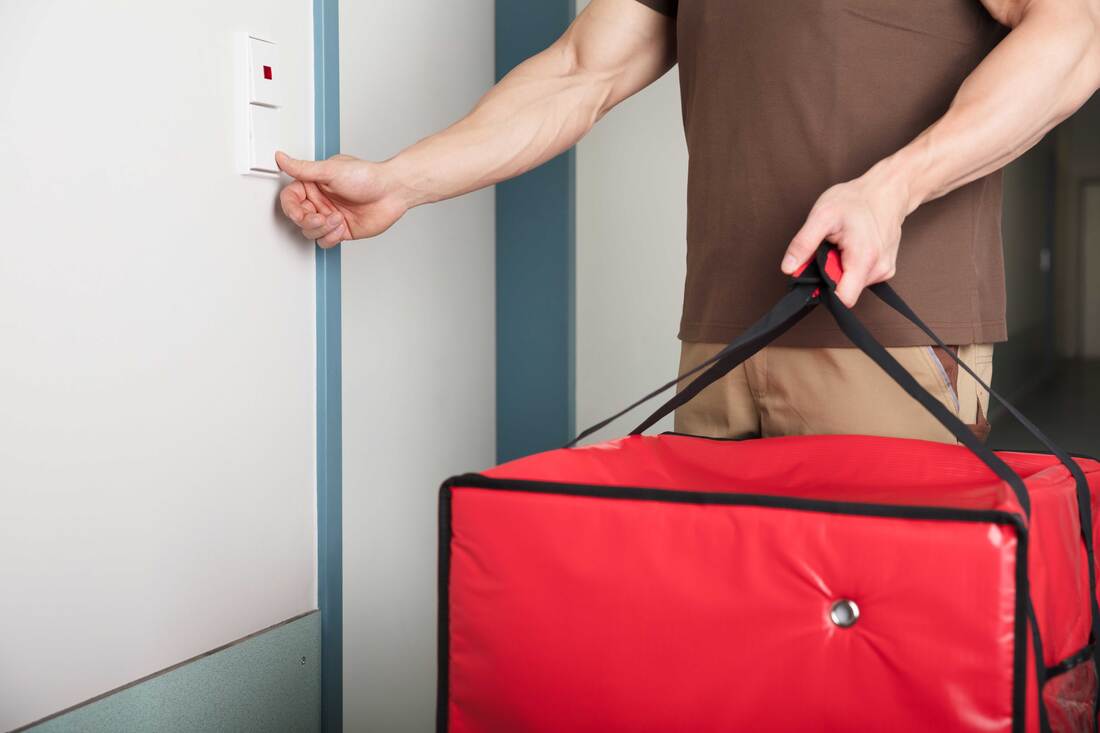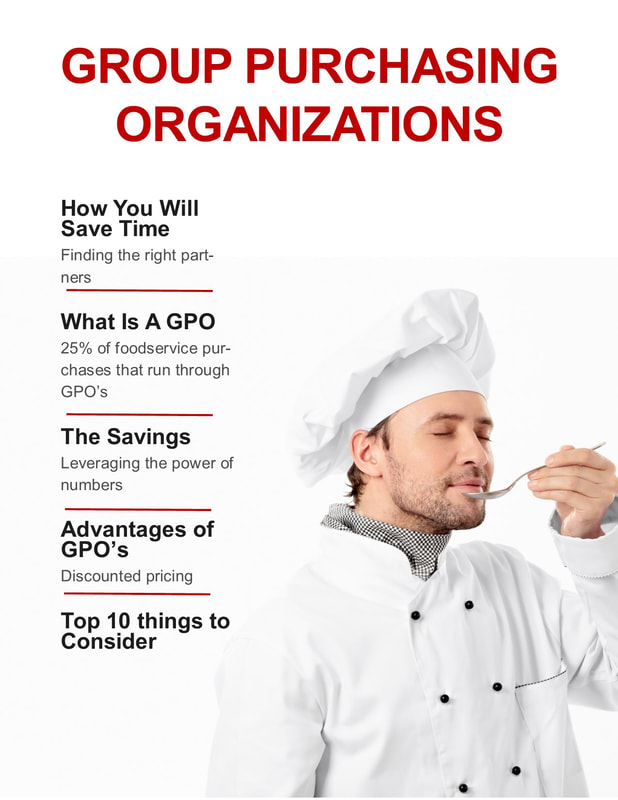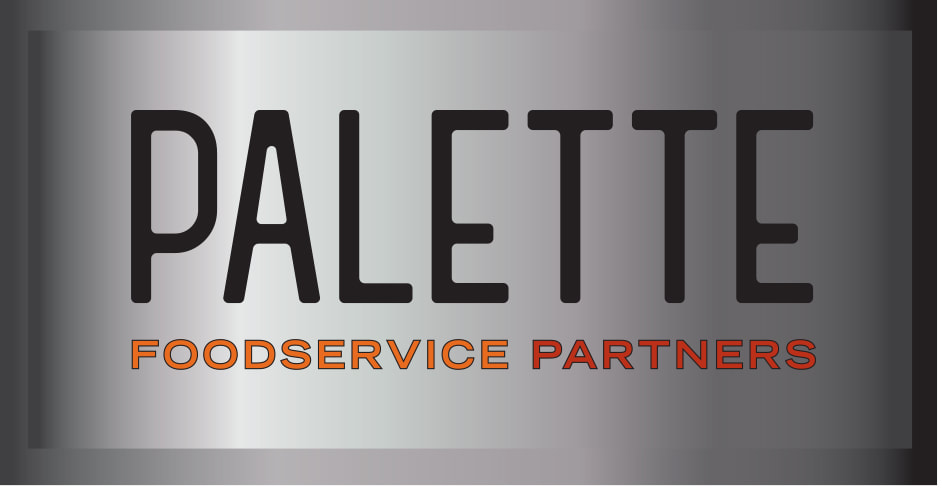 Restaurant culture is a frequent news maker right now, and as evidenced by the popularity of the drama series The Bear, it’s a source of entertainment too. Against the backdrop of workplaces of all kinds being reinvented to suit employees, restaurants – and their reputations as high-pressure environments that can be tough on employees – are coming under increased scrutiny. Changing the industry’s reputation for the better can start with individual restaurants making decisions that support career longevity so you can retain the staff you currently have. As we approach the time of the year when seasonal illness begins to ramp up and holiday gatherings are being planned – both of which put additional strain on restaurants – give your culture a health check. Take care of your team by regularly giving them an outlet to share feedback and ask for support or help without judgment. Make sure they have time and space to rest between shifts. Review your policies for sick leave and overtime so you can anticipate challenges and make fair decisions. Train staff regularly to keep them motivated and engaged. Get to know them as people. As part of your daily conversations, ask what they’d like to learn and encourage them to set written goals to prepare them for positions of increasing responsibility in your business. Give them incentives to keep going by rewarding the stand-out performance of individuals and teams. Then make it worth their while to stay – through a bonus or other benefit for those who stay past a certain period of time. To be sure, the vast majority of restaurant operators wouldn’t want to relive the challenges of the pandemic. But it hasn’t been all bad: The past year has also stripped away the clutter and forced operators to focus on making the kinds of improvements and adaptations that kept business running. As times improve, those changes should become permanent – while other possibilities should be considered with a more wary eye. Here are five key pandemic-era changes to embed in your operation (if they aren’t already permanent): Be transparent with your guests – about the origins of the food you serve and how you protect consumer safety – and make those elements central to your brand. Keep your menu simple to enable you to more flexibly manage your inventory and waste. Harness data to help you stay current about customer preferences, supply-chain challenges and areas of your business that are generating excess costs. Find ways to offer a personal touch while allowing guests to minimize physical contact with surfaces and other people – whether they are using your restroom or paying for their order. Finally, embrace structures that will allow you to be more nimble in the future. That could mean having a real estate footprint that can easily adapt to different service models, or adopting technology that allows you to more easily scale up and scale down your staffing based on changes in the weather.
Like constant change? Probably not. Even for those who are more comfortable with change, the past year has likely forced too much of it. But what if you could adjust your mindset and your business so that you could better weather, anticipate and (perhaps) even welcome change? A September TD Bank survey of 250 restaurant operators around the U.S. aimed to take the pulse of the industry and find out what strategies have worked for restaurants that have managed to succeed in such a tumultuous year. Three key findings emerged: Off-premise sales are critical and restaurants need to be able to accommodate them (particularly via such consumer conveniences as mobile ordering and delivery). Payment methods including mobile, online and contactless are helping restaurants encourage consumer confidence. Finally, many of the traditional physical characteristics of restaurants are changing to accommodate drive-thrus and pick-up areas, shift to ghost-kitchen formats and decrease overall footprints. So how can this information help restaurants set themselves in a more powerful, less reactionary position for the future? First, scrutinize your off-premise menu and sales to ensure they are practical and profitable. Then adjust. Get comfortable trying new ideas regularly – it will not only help you see what works and what doesn’t, but it will also give you something new to promote to customers. Next, evaluate your payment methods: Do they help you limit face-to-face interactions with customers and also enable you to expedite payment and get a faster, clearer picture of your sales? Finally, take advantage of this time of disruption. Look for new partners and investors, and talk to bankers, landlords and suppliers to identify opportunities to secure more beneficial arrangements.
Delivery has become a must for many restaurants, particularly in the past several months, but offering the service is just the beginning. According to a new survey of 2,000 consumers from First Orion, there are a wide range of delivery problems that still need to be worked out. Operators who can find a way to address even some of those problems effectively stand to benefit. The survey found that the vast majority of people have had problems when ordering restaurant delivery: More than 70 percent of people had experienced a problem that required customer service and 50 percent had a problem with late delivery. Incorrect orders, improper food temperature, driver directions and behavior, and the non-delivery of food altogether also posed problems for large percentages of respondents. Fine-tuning your performance in any or all of these areas can help. First, perfect your menu. It should be clear, simple, easy to understand and provide a space for a customer to customize or modify an order. Make your menu easy to find (an Order Here button helps) and read with minimal clicks and scrolling. Use technology to accept orders, confirm customer address and contact information, inform customer of wait time, track an order’s preparation and delivery, and direct a driver to the customer’s location. Take care with not only the quality of your packaging but also with the storage of those packages – your delivery driver shouldn’t be storing cold and hot foods side by side in the same container. Finally, set guidelines about how to best respond to customer complaints online – but if you have a solid handle on the other aspects of delivery, those (hopefully) shouldn’t happen too often.
COVID-19 has turned the employee training rulebook on its head – and it’s a major area of investment among restaurant operators right now. A June survey of senior executives in retail and hospitality found that for 75 percent of respondents, employee training was their highest priority – well above even contactless payment (48 percent). At a time when fluctuations in COVID-19 cases are causing mandates to change at the state and local levels, it’s critical to be able to contact your team (and have them take appropriate precautions) before they even walk through your doors. Can you connect with your staff at a moment’s notice? Before flu season adds to the strains of the past several months, now is the time to assess weaknesses in your communication protocols and ensure everyone on your staff receives alerts about important operational changes promptly – and understands how to adjust to new mandates as needed.
Goodwill is going an extra-long way right now. To be sure, the restaurant industry is hurting and crucially needs its own support, but the efforts that operators are taking to show appreciation for healthcare workers and other first responders are earning an extra dose of gratitude from their communities. Social media is packed with images of items ranging from donuts to salads to ice cream that are being donated to healthcare workers. Other brands are making headlines for offering free delivery or discounts to people working on the front lines – and even to many other workers who have been laid off in recent weeks. If your restaurant is among those offering generous promotions right now, tap into your local media and regional neighborhood groups to help spread the word: They are likely assembling lists of operators who are showing some goodwill to their communities. You can also show some extra care to customers who are already part of your loyalty program by making it easier for them to earn points on their favorite dishes and pushing redemption dates ahead on the calendar to when times improve. Even if you’re not operating near capacity right now, you can look at this time as an opportunity to pay it forward somehow and build a rock-solid base of loyal customers – because you’d better believe that the people you go out of your way to help at difficult times like this will be supporters for life.
Do you have a thorough crisis management plan? How much confidence do you have in it? At a time when a single bad experience at a restaurant can spread online overnight, having a step-by-step guide in place can help you respond better in the moment, keep the issue out of the public eye and get back on track more quickly whether you face a severe crisis like a hurricane causing flood damage or a small one like a scathing review on TripAdvisor. To help, first gather input from your team at all levels so you have a handle on the range of scenarios you might face, what actions would be required to resolve them and which stakeholders are likely to be impacted. Draft some simple, clear talking points that can be adapted to each scenario and present you as both in control of the situation and interested in doing all you can to improve it and keep stakeholders informed. Develop a communication grid that includes those key points, the person responsible for delivering the message, and the ideal communication channel for the message. For larger crises that are likely going to end up gathering momentum online, consider proactively reaching out to someone you trust in the media and providing an interview. After the fact, assess what went well with your crisis management effort and what could have been improved so you can update your plan with new risks, stakeholders or talking points to keep in mind. View some additional crisis management plan guidelines and find sample templates here.
|
Subscribe to our newsletterArchives
April 2024
Categories
All
|










 RSS Feed
RSS Feed